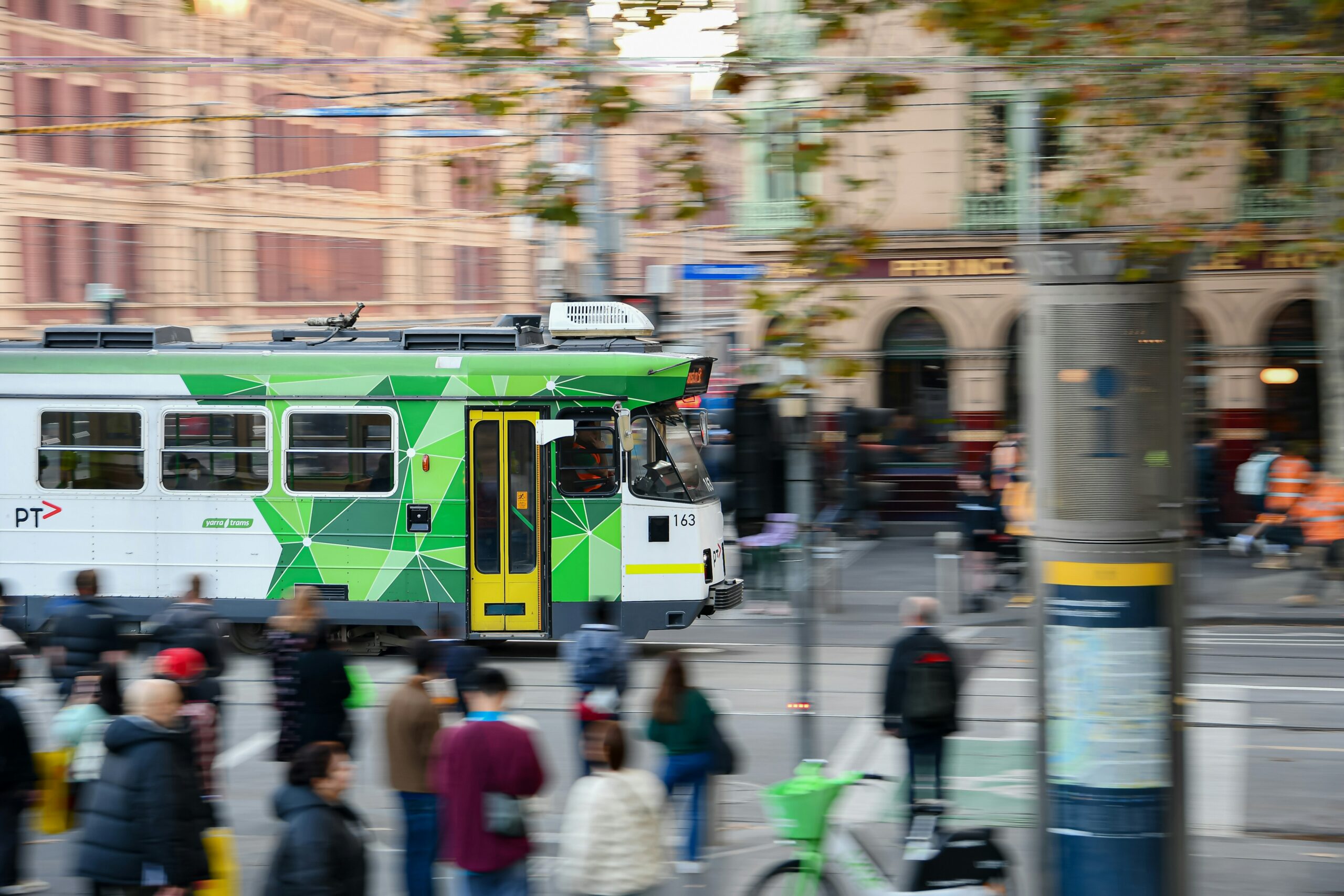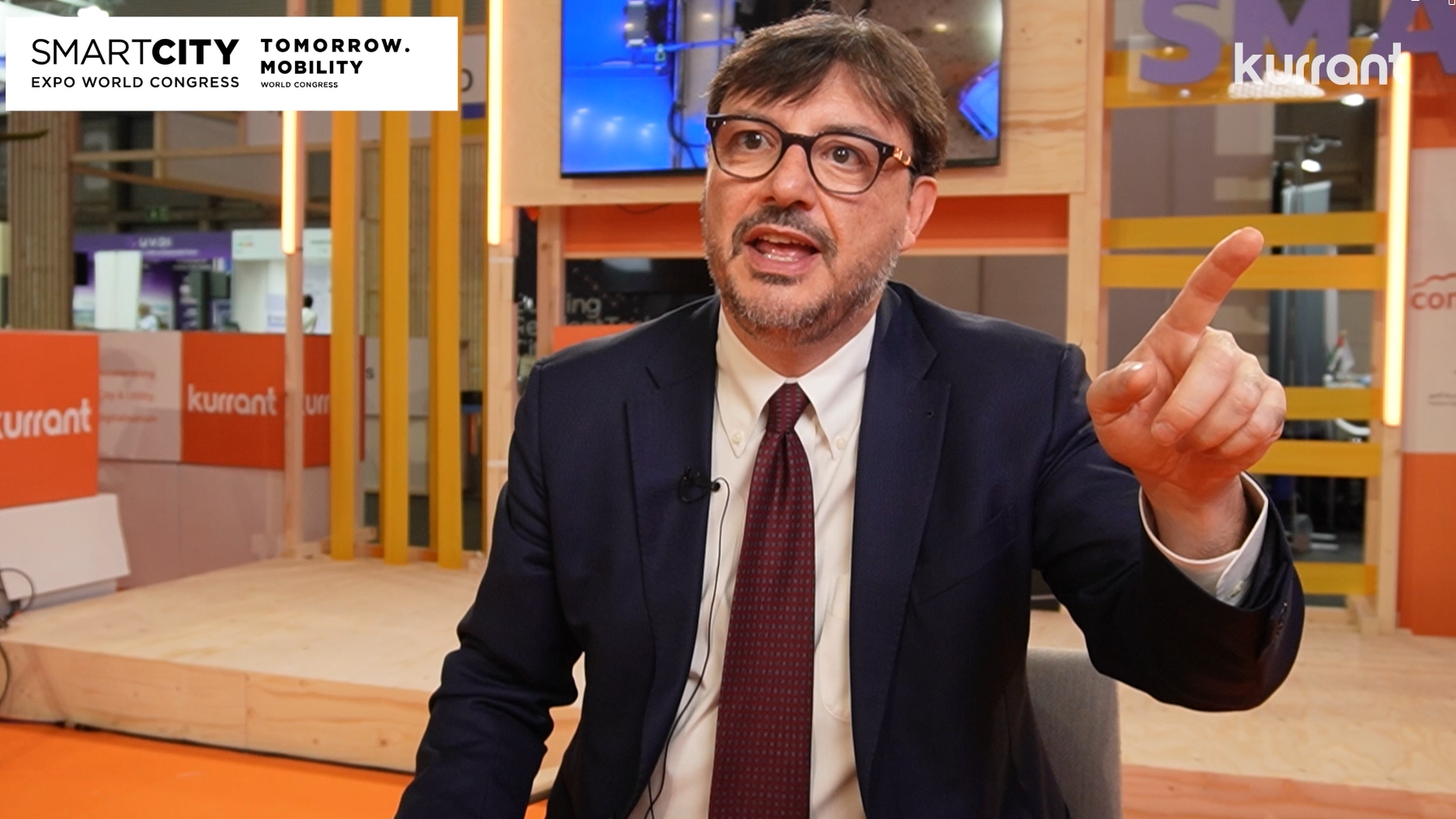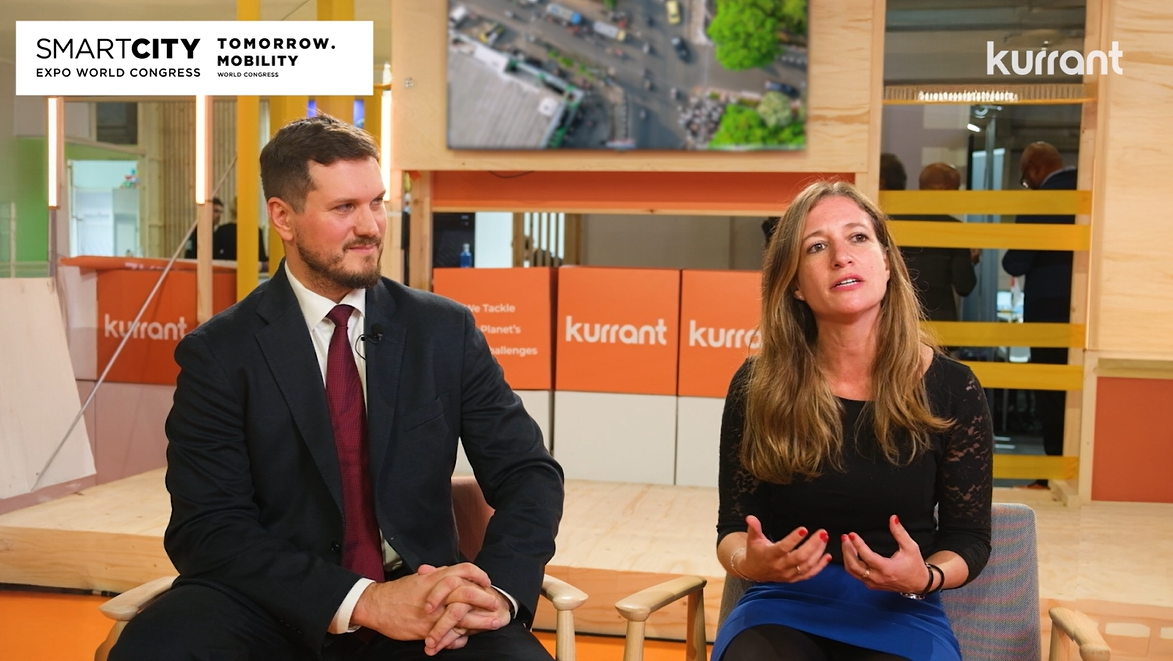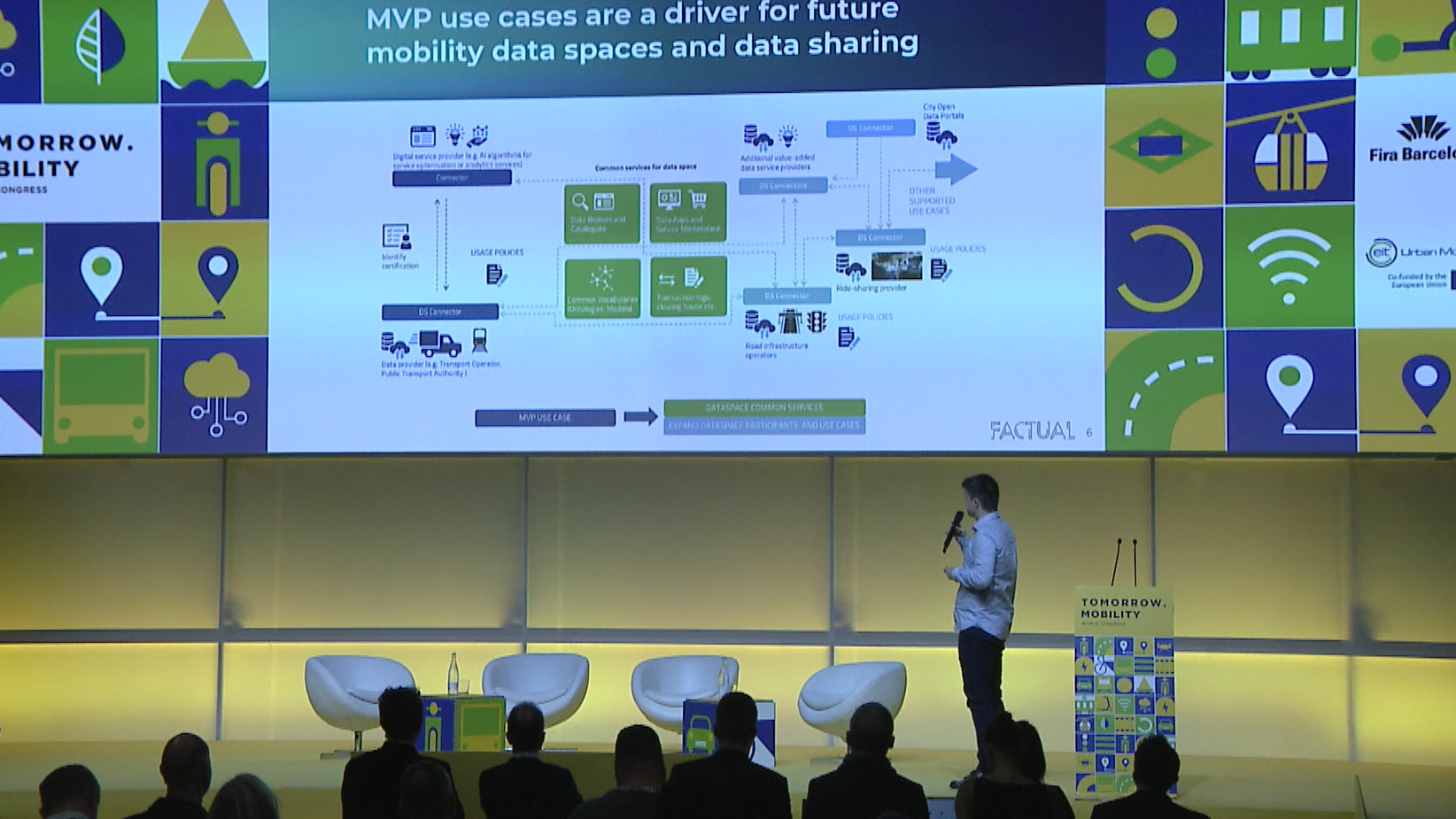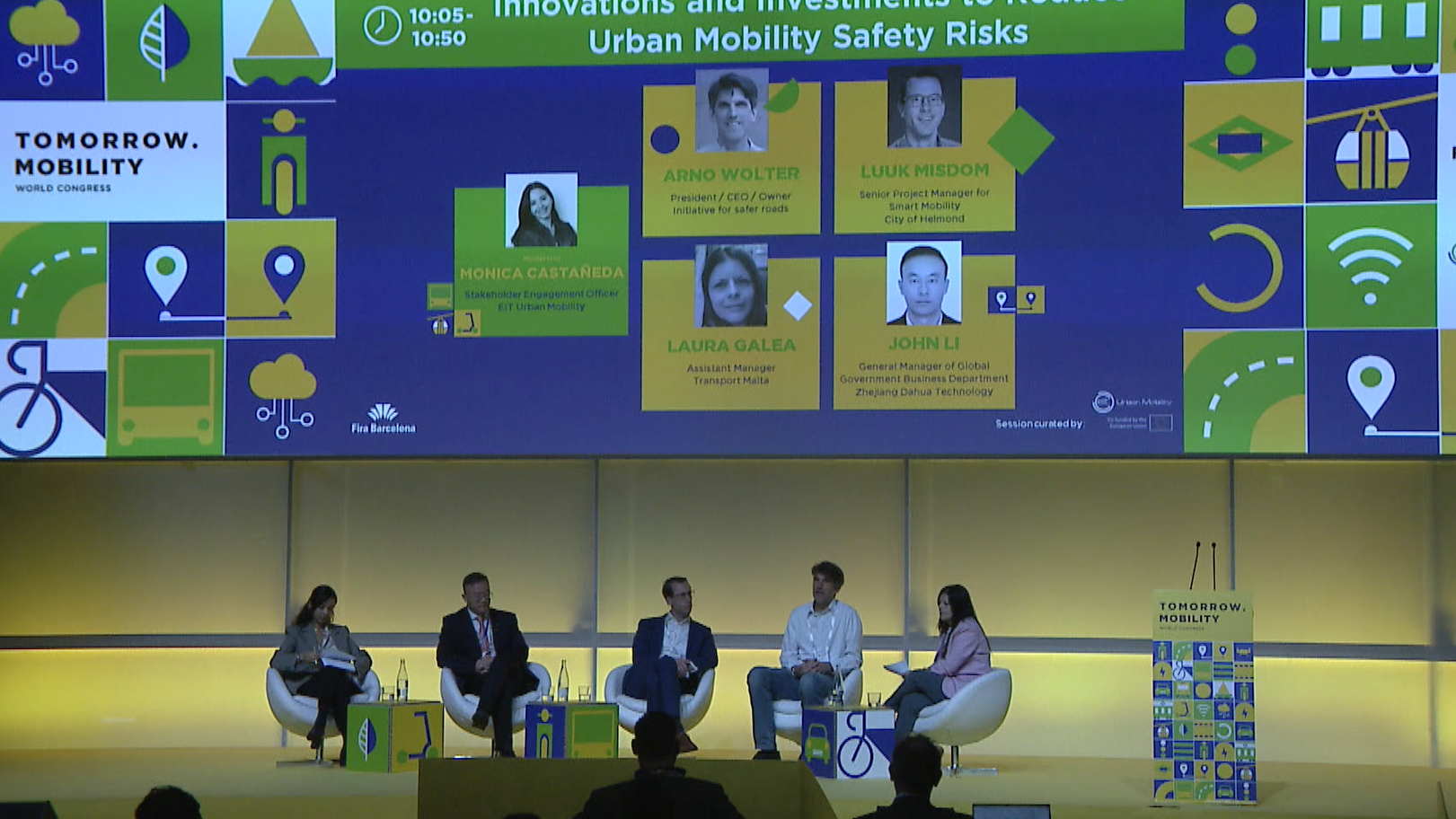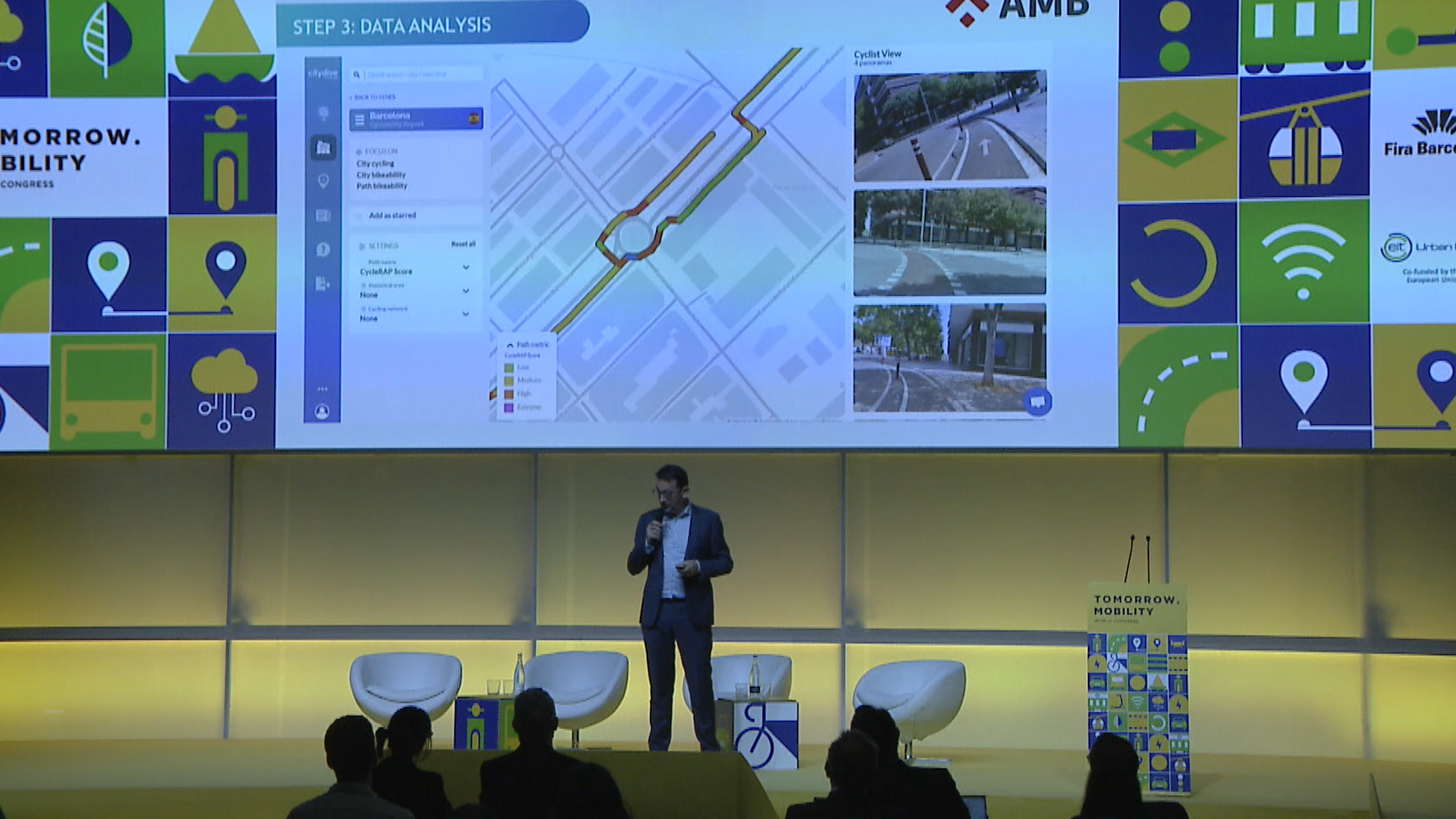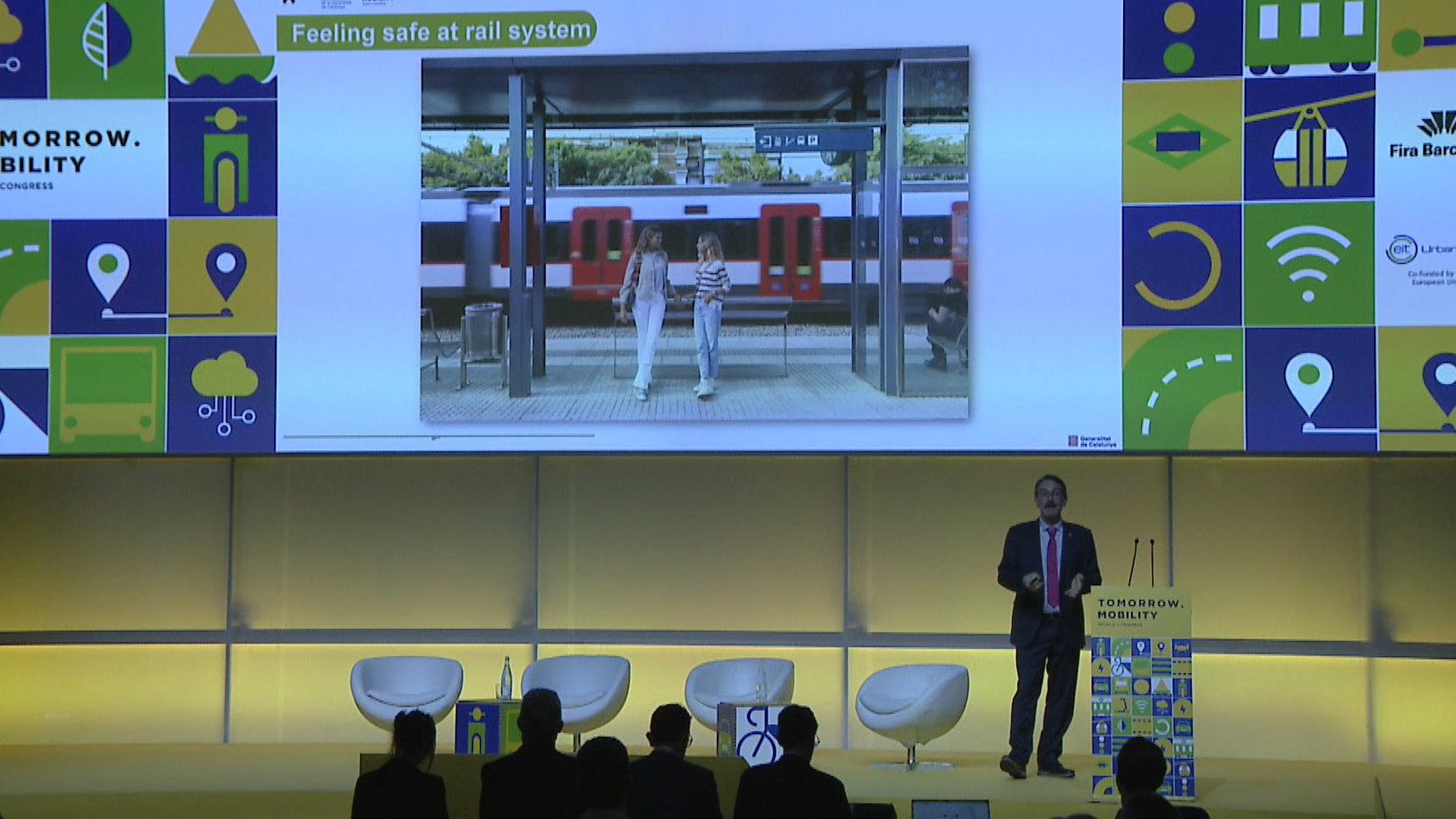Authors | Jaime Ramos, Raquel C. Pico
When will on-demand air transportation be available? This is a promising option for urban transportation, but it has a complicated journey ahead. And yet, it is some time ago now that air taxis or flying taxis became more than just science fiction.
Today, numerous companies are exploring how to conquer the city’s air space. They invite people to imagine a journey through skyscrapers like a scene out of “-Bladerunner” or “The Fifth Element”. Its emerging technology should be analyzed with equal doses of hope and skepticism. Some experts question the practicality or sustainability of air taxis in terms of resolving the traffic problems in major cities.
What is an air taxi?
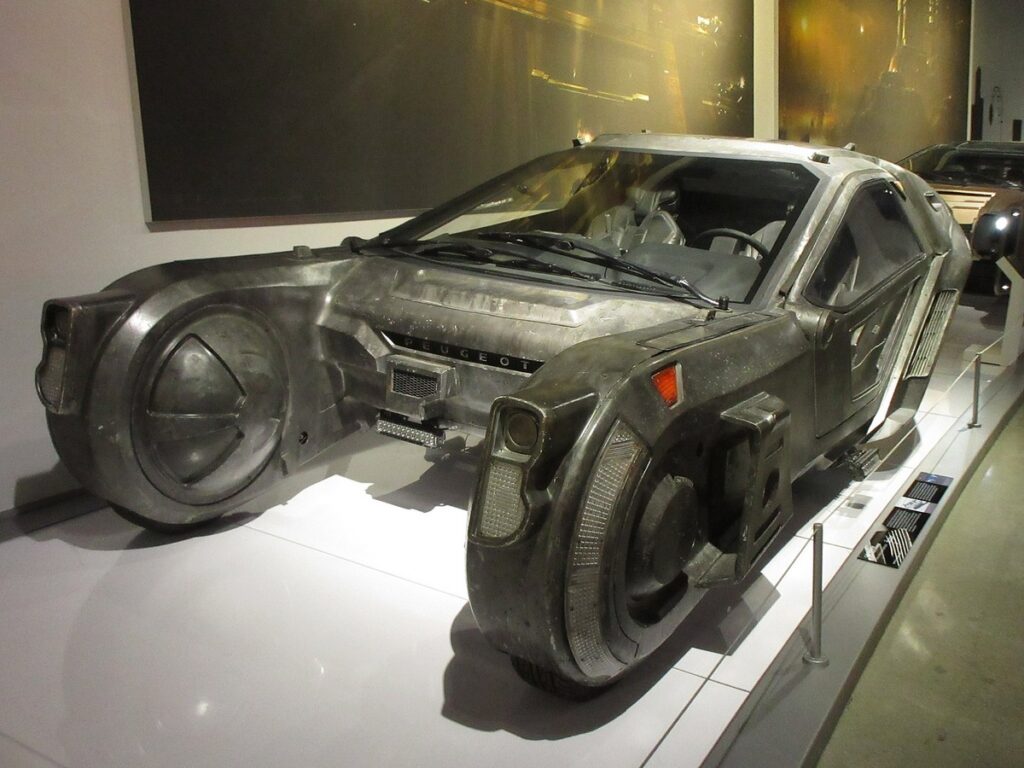
An air taxi, flying taxi or aero taxi is a small urban or local aircraft that transports passengers.
The limits of this definition are confined to the many possibilities that air transportation has offered in the past decade. In a new era in which drones are knocking on the freight transport door, the next and reasonable step is to adapt this solution to passengers.
When analyzing the semantics of the term air taxis, we come across the most recent promising term: eVTOL (all-electric Vertical Take-Off and Landing). This aircraft combines numerous well-known technological innovations:
- It uses the technical principles of a drone.
- It is 100% electric.
- There is a strong ambition to develop self-driving models (the air space has certain advantages in terms of overcoming the obstacles encountered with this technology in land travel.
- The potential to reduce urban journey times is huge.
What services can flying taxis offer?
The service offered by an air taxi is to transport a reduced number of passengers, or even a single passenger. Within this premise, there are numerous modalities. For example, the Brazilian on-demand flight platform, Flapper offers four types:
- Charter flights that work as an aircraft rental with the capacity to carry 3 and 19 passengers.
- Helicopter flights.
- Shared flights.
- Those named by the company as “Empty Legs”, or aircrafts that return from a one way flight and the return journey is offered at a more affordable price.
Do air taxis already exist?
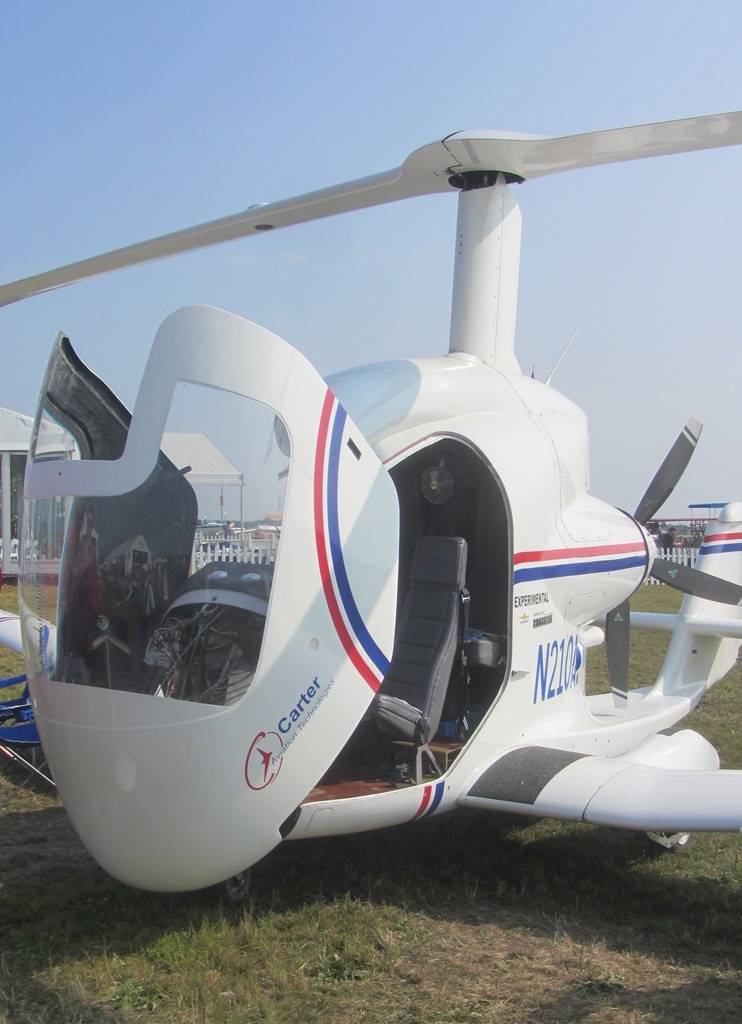
Although innovations in the sector promise to conquer the urban air space in the next few years, this type of service first emerged back in the 1960s. Unrelated to traditional commercial flights, they represented a form of elite private transport that only a few could afford.
To date, private jets and helicopters have formed part of the privileges of political or business leaders, film stars or elite sports personalities. The question today is whether the current format could open the door to transportation for the masses at an affordable price.
How much does a journey in an air taxi cost?
Another leading operator Aeroaffaires, indicates on its price list that a jet taxi costs between €1,900 and €2,400 per hour, excluding taxes. These depend on the region or regions in which the journeys take place.
The prices increase considerably if the flight departs or arrives at a remote aerodrome, located far from a public air base. The reason for this is that these types of companies tend to operate between major airports.
Advantages and challenges of air taxis
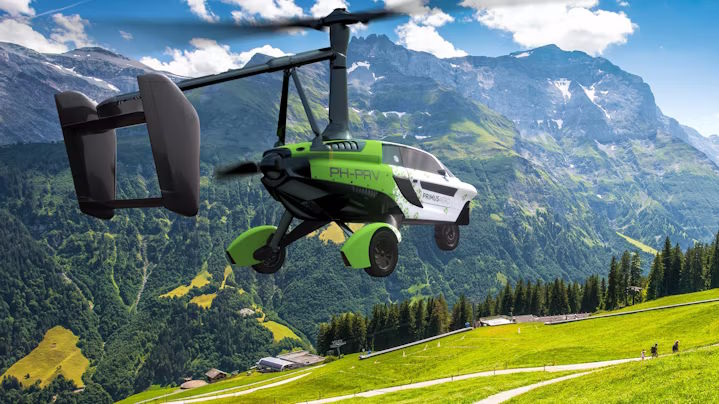
To date, this type of transportation had countless limitations with regard to applying it to mass transportation. Recent innovations, particularly in the area of eVTOL, is creating a revolution.
The idea is to convert air taxis into a less polluting, profitable and affordable business that reduces transportation times.
Technological maturity
Numerous research centers and companies around the world are working on this utopia. This is the case of the VA-X4, designed by the British company Vertical Aerospace, with an autonomy of around 160 kilometers.
Of course, the electrification of aviation always brings with it similar implications to those of land transport: investment in the chemistry of batteries to increase the autonomy and development of technology and fast charging points.
More sustainable and less polluting… than a car?
The company Avolon, in statements to The Guardian, suggests a successful landing with prices that can be the same as or at least similar to those of traditional taxis.
The same article indicates that there are sources that forecast a green revolution thanks to air taxis. They will generate one fifth of the emissions of a helicopter. It also cites the scientific work of the University of Michigan, which recently calculated that a fully loaded eVTOL with three passengers would have 52% lower emissions than a gas-powered car and 6% lower than an electric car, given the cars’ average occupancy of 1.5 people.
Legal aspects of the urban air space
This technological challenge is also being tackled using drone technology. For a number of years now in China the company eHang has been focusing on electric prototypes capable of offering these short urban air transportation services. The most recent models, the eHang16 or the VT-30, have been legally accepted in some parts of the world, such as Norway or Spain. This is another pressing challenge that the sector is facing, covering the legal loopholes or obstacles affecting the air space.
Small urban airports
This revolution makes one think of the size of the infrastructures. Is the extension of a network of micro-airports feasible?
The Californian company Joby Aviation, which has completed more than 1,000 eVTOL test flights to date, is fully committed to it. Its priorities include transporting passengers from their homes to the workplace without going through an airport (and of course, without any traffic jams). The company has gained the support of the authorities and has closed deals with real estate companies and vehicle parking managers with an eye on building rooftops.
In the United Kingdom, in turn, the government is promoting an Urban Air Port initiative to build the first miniport designed for eVTOL in Coventry. In theory, it would be the first of 200. Hyundai is also collaborating with the project. The Koreans hope to launch their own air taxi prototype by 2028.
Are air taxis the future of urban mobility?
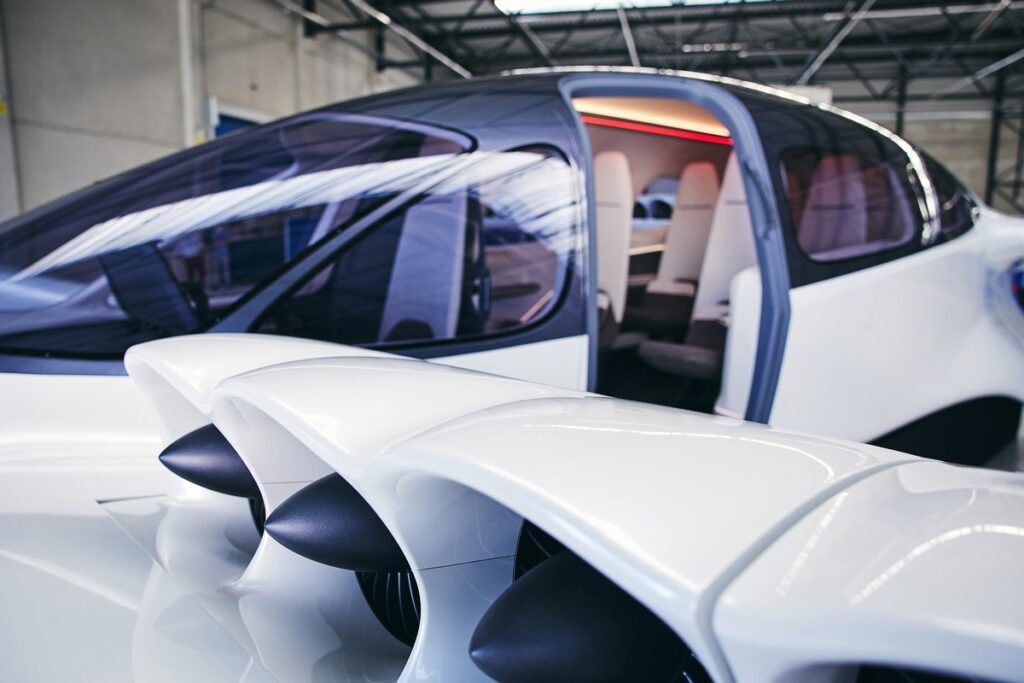
Will taxis be airborne in the future? As with so many other emerging technologies, there is no simple answer to this question.
Forecasts at the end of the last decade were optimistic. Frost & Sullivan estimated that by 2022, the air taxi transport boom would begin in regions like the Middle East, New Zealand, or Singapore, with an expected annual growth rate of 45.9%. At the time, they projected that by 2040, approximately 430,000 air taxis would be operating in cities around the world.
Although some cities, such as New York, have already experimented with air taxis, the reality has not lived up to the ambitious expectations set by early projections. The truth is that by 2025, urban air transport is still regarded as a concept for the near future rather than an established reality. The most recent figures on the revenue generated by these modes of transport make it clear that they are still far from being commonplace. Figures from the consulting firm Spherical Insights estimate the global air taxi market value at $4.9 billion.
Although this consulting firm projects exponential growth by 2029, several challenges still hinder the integration of these flying cars into urban mobility. However, they still need to gain the confidence of end users and operate under clearer regulations. In addition, the lack of suitable infrastructure remains a major obstacle, as the urban air transport boom would require a network of vertiports and designated takeoff and landing areas that are well integrated into the urban landscape. After all, their main advantage as components of urban public transport lies in their ability to move across the city more quickly than conventional ground-based options. However, this very need introduces new challenges, as it is crucial to ensure that air taxis do not further complicate air traffic management.
Equally important is the recognition that, since urban mobility challenges are global, the solutions—no matter how futuristic the mode of transport—must be inclusive and consider the needs of all. Therefore, a strategy must be developed to ensure that air taxis do not create a new class divide, where only some can access these mobility services while others are excluded.
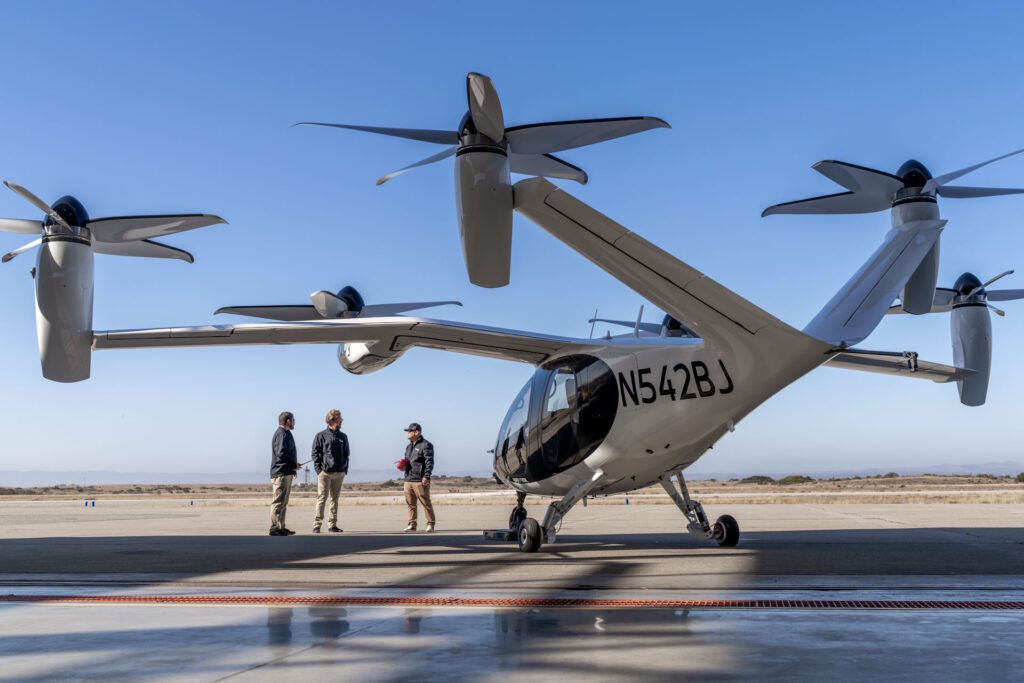
In many ways, the air taxi industry is still grappling with the same challenges that should have been addressed years ago. In reality, the dilemma focuses on establishing whether there should be a major investment in the sector, or whether there are much easier ways of solving today’s urban challenges. Once again The Guardian offers a conflicting opinion, that of the professor of urban planning Geoff Boeing, who believes that eVTOL technology should be the last thing cities should be thinking about right now. According to Boeing, technology of this sort would contribute to transportation segregation and overload buildings with more infrastructure concerns.
In fact, broader questions about the future of air transport at a macro level should also be taken into consideration. At a time when the environmental impact of air travel is under scrutiny, we must question whether it makes sense to add more emissions by promoting air transport for trips that could be covered by cleaner modes of urban transportation.
As is the case with any promising and emerging innovation, its potential will fail or succeed on its own merits. The profitability and contribution to urban sustainability will be its first judge. According to data from the WIPO, the peak of scientific publications on urban air mobility occurred in 2022, and has gradually declined since then. Even so, it is still regarded as an emerging technology with significant potential. Patents have steadily increased since the beginning of this century, and the transport, automotive, and aviation industries continue to invest in the technology. Some cities have already incorporated futuristic transport concepts into their concrete plans for the future. Dubai has specific plans for 2026.
What is the future of taxis?
Taxis have been a fundamental part of urban mobility for decades and will continue to be in the near future. We may have to wait a few more years to see air taxis become reality, but that doesn’t mean an urban transportation revolution isn’t already underway. On one hand, the future of taxis may first be shaped by other technological advancements, such as the rise of robotaxis. Robotaxis are autonomous vehicles capable of transporting passengers without a driver, and they are currently being tested in numerous cities around the world.
On the other hand, perhaps we should view air transport not solely as a means of private travel or the realization of the flying car fantasy, but as a potential solution to more complex and less glamorous urban challenges. Air taxis could address urgent needs such as emergency medical transportation or help alleviate pressure on logistics systems, especially as cities become increasingly congested with goods traffic.
Images | Lilium, Wikimedia/FlugKerl2, Flickr/zombieite, Hyundai, Joby, Pal-V





















